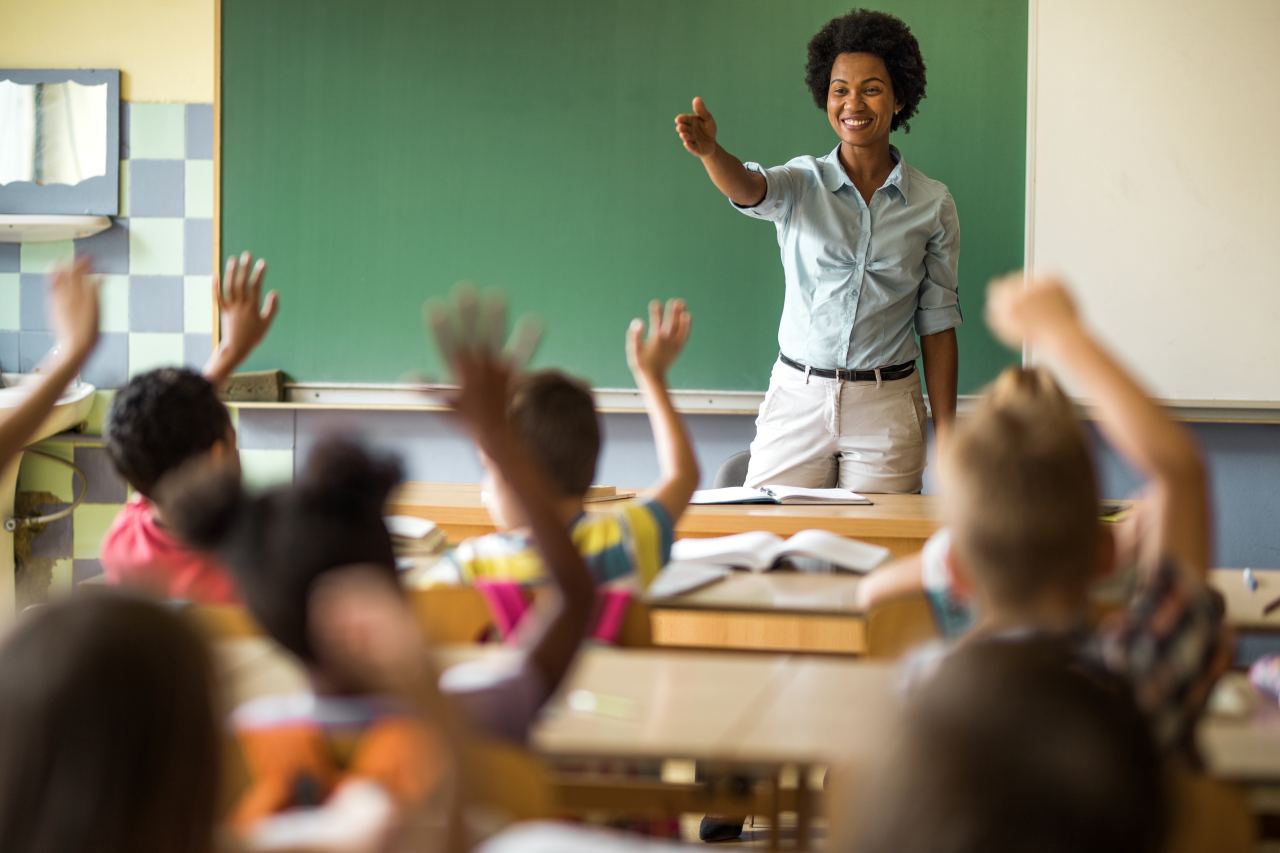Find the Best Primary Science Tuition Singapore for Enhanced Learning
Discovering the Various Mentor Techniques in Main Scientific Research Education And Learning Today
The landscape of primary scientific research education is evolving, with numerous training methods gaining prominence in modern class. Inquiry-based discovering, hands-on experiments, and the combination of technology are redefining just how teachers engage young minds. In addition, collective strategies and differentiated guideline are being utilized to cater to the varied requirements of students, boosting both interaction and understanding. As we analyze these methodologies, questions develop regarding their effectiveness and the effects for future instructional techniques. What might these shifts in approach mean for the future generation of learners?
Inquiry-Based Understanding
Inquiry-Based Discovering (IBL) is an instructional approach that motivates students to check out scientific ideas via questioning, examination, and hands-on trial and error. This technique emphasizes the role of students as energetic individuals in their knowing, promoting critical thinking and problem-solving skills. By engaging with real-world concerns, trainees come to be interested and determined, which enhances their understanding of scientific principles.
In IBL, teachers serve as facilitators, directing trainees as they navigate their queries as opposed to providing info straight. This student-centered technique permits for distinction, fitting different finding out designs and speeds. Trainees establish skills in formulating theories, designing experiments, and evaluating data, which are important for scientific literacy.
Additionally, IBL fosters collaboration among students, urging them to share concepts and searchings for. This collective query promotes social skills and a sense of community within the classroom. The process of questions motivates resilience, as pupils discover to embrace failing as a stepping rock toward understanding.
Hands-On Experiments
Hands-on experiments are an important component of efficient science education and learning, matching the concepts of inquiry-based understanding. These experiments enable pupils to involve directly with clinical principles, promoting a deeper understanding via experiential discovering. By controling materials and observing end results, young students can understand abstract concepts in concrete ways.
Such activities advertise important reasoning and problem-solving abilities, as pupils hypothesize results, conduct experiments, and examine results. This process urges them to ask concerns, improve their understanding, and develop a scientific mindset. Moreover, hands-on experiments can be customized to diverse discovering designs, guaranteeing that all trainees have the possibility to engage meaningfully with the content.
In addition, hands-on experiments frequently motivate partnership amongst peers, advertising synergy and interaction abilities. Working in groups enables trainees to share ideas, go over searchings for, and pick up from one another, which improves their general instructional experience.
Incorporating hands-on experiments right into the primary science curriculum not only enhances the discovering setting yet additionally grows a long-lasting passion in scientific research. By proactively taking part in their education and learning, pupils are more probable to establish an interest for clinical questions that expands beyond the classroom.

Technology Assimilation
Incorporating innovation right into key science education and learning has ended up being significantly vital in promoting student interaction and enhancing discovering results. Making use of electronic devices, such as interactive simulations, digital laboratories, and instructional software, offers students with opportunities to explore clinical principles in ingenious methods. These resources facilitate a much deeper understanding of complicated topics by allowing students to picture and control variables that would be not practical in a standard classroom setup.
In addition, innovation integration urges customized learning experiences. Pupils can proceed at their own pace, revisiting challenging ideas with multimedia sources, which provide to various understanding designs. This adaptability not just supports specific growth but also cultivates a feeling of autonomy in students.
Additionally, innovation serves as a bridge to real-world scientific research, linking pupils with present study and professional payments. Access to clinical journals and online data sources expands trainees' viewpoints on scientific query and fosters crucial believing abilities.
Collaborative Learning
Collective learning plays an important function in main scientific research education and learning by fostering synergy and communication skills amongst trainees. This approach motivates learners to collaborate, share understanding, and involve in analytical, which improves their understanding of scientific concepts. By taking part in group tasks, trainees learn to articulate their ideas, listen to varied point of views, and negotiate options, all of which are crucial skills in both academic and real-world contexts.

Research suggests that joint discovering can lead to boosted Learn More motivation and interaction in scientific research subjects, as pupils find pleasure in common experiences (primary science tuition Singapore). Additionally, this technique prepares pupils for future collaborative ventures, outfitting them with the skills required for reliable teamwork in higher education and learning and professional atmospheres. Inevitably, embracing collective discovering in primary scientific research education can considerably enhance the understanding experience and advertise a much deeper understanding of scientific inquiry
Set Apart Guideline

Distinguished direction can manifest in various means, such as differing the web content, procedures, or products of discovering. For example, instructors may use tiered assignments that provide differing degrees of intricacy, enabling trainees to work at their particular preparedness degrees. In addition, adaptable organizing approaches can assist in partnership among pupils with various abilities, fostering peer understanding.
Evaluation plays an important function in this method, as it informs direction and helps instructors recognize each trainee's one-of-a-kind demands. Formative analyses, such as observations and tests, can direct educators in webpage changing their approaches to improve finding out outcomes. primary science tuition Singapore. Inevitably, by executing differentiated guideline in primary science education and learning, educators can grow an extra effective and equitable understanding setting, empowering all pupils to reach their complete possibility in comprehending scientific sensations
Conclusion
In recap, the varied teaching techniques in key science education, consisting of inquiry-based learning, hands-on experiments, technology assimilation, joint learning, and differentiated direction, collectively add to a much more efficient understanding setting. These methods promote essential thinking, problem-solving skills, and a deeper comprehension of scientific ideas. By executing these methods, teachers can produce helpful and appealing classrooms that deal with the different requirements of trainees, ultimately fostering a lifelong passion in science and enhancing scholastic success.
Inquiry-Based Understanding (IBL) is an instructional method that motivates students to explore clinical ideas with doubting, investigation, and hands-on experimentation.Collaborative understanding plays a crucial role in key scientific research education by fostering synergy and interaction skills among pupils.Research study page indicates that joint understanding can lead to raised inspiration and engagement in scientific research topics, as students locate satisfaction in shared experiences.In cultivating a comprehensive learning setting, separated instruction arises as an essential strategy to fit the diverse demands and capabilities of pupils in main scientific research education. Ultimately, by implementing separated instruction in main scientific research education, educators can cultivate an extra reliable and equitable understanding environment, equipping all pupils to reach their full potential in recognizing scientific phenomena.